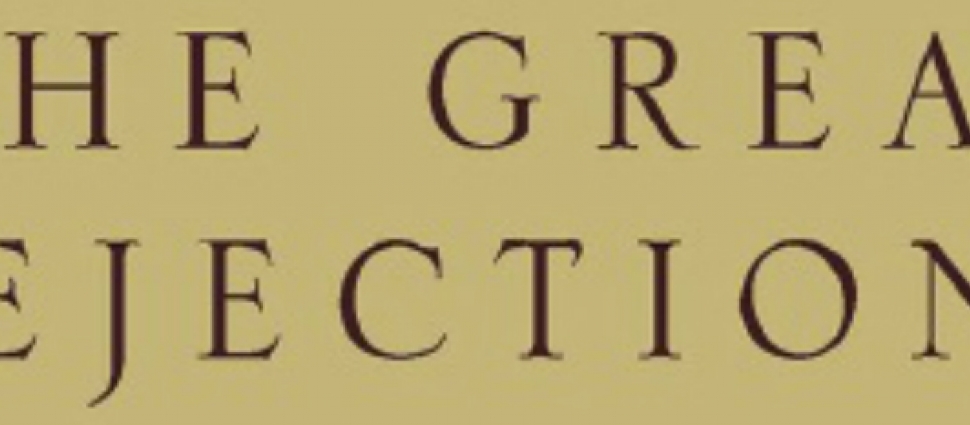The Anglican Conscience (1)

Apr 29, 2016
“So Jesus also suffered outside the gate in order to sanctify the people through his own blood. Therefore let us go to him outside the camp and bear the reproach he endured.” (Hebrews 13.12-13)
The past thirteen years have chronicled a series of triggers that have compelled gospel ministers and congregations to withdraw from the Episcopal Church in the United States for the sake of conscience. This continues now globally in the conflicting pronouncements of the Instruments of Unity (The Archbishop of Canterbury, the Anglican Consultative Council, The Primates Meeting, and the Lambeth Conference) in the Anglican Communion that may well compel biblically faithful Provinces in the GAFCON (Global Anglican Future Conference) movement to repeat the same.
I therefore thought it would be good to pause at the half-way point in our reading of the Puritan Paperback, Sermons of the Great Ejection, to answer a question concerning “The Great Ejection”: What precisely did the 1662 Act of Uniformity demand of a minister’s conscience that made one of our Anglican forebears unable to conform to this part of the Clarendon Code?
Let’s start this week by answering what the Act is itself and the circumstances that led to its drafting. The Act of Uniformity 1662 was one of four acts sponsored by Edward Hyde, the Earl of Clarendon and Lord Chancellor to Charles II all of which were aimed at enforcing uniformity of religion and its practice in the Church of England. The new Act was markedly different in detail to the Acts that preceded it:
- The 1549 Act established the Book of Common Prayer as the only legal form of worship in the Realm.
- The 1552 Act established the revision of the Book of Common Prayer along more Reformed lines.
- The 1559 Act restablished the 1552 Book after the reign of Roman Catholic Queen Mary. The 1559 Act was part of the Elizabethan settlement that included the adoption of the Thirty-Nine Articles in 1571 as the confession of the Protestant Church of England.
As we saw in the life of John Collins, when Charles II returned to England after the resignation of Richard Cromwell as Lord Protector there were consultations and consideration of proposals throughout 1660-1661 for the uniformity of public prayers and administration of the sacraments for the Church of England that would return to respecting the differing views that had existed up to 1640. On the face of it there was a genuine attempt at compromise which at one point produced an understanding of episcopal ministry that may have been acceptable to many, including Charles himself and many Presbyterians.
Yet with an all too-familiar modern Anglican twist, the Bishops who returned from exile with the king siezed the political momentum in the uncertainty and fear so prevelant in a time of major transition like this. The bishops made sure that the final draft of the new Restoration Act of Uniformity intentionaly used language that secured their position and their agenda and that would marginalize the threat posed by Anglican pastors who were not of the same mind as theirs. The Bishops knew that these men would be bound by their conscience either to refuse the final settlement and withdraw or to accept and seriously compromise their future effectivness. The Bishops exchanged the gospel inheritance of a nation for a bowl of pottage of temporal security for themselves.
Next time we’ll examine the reasons Anglican Puritan ministers cited in response that compelled them either to withdraw either into silence or into an underground movement of nonconformity.





